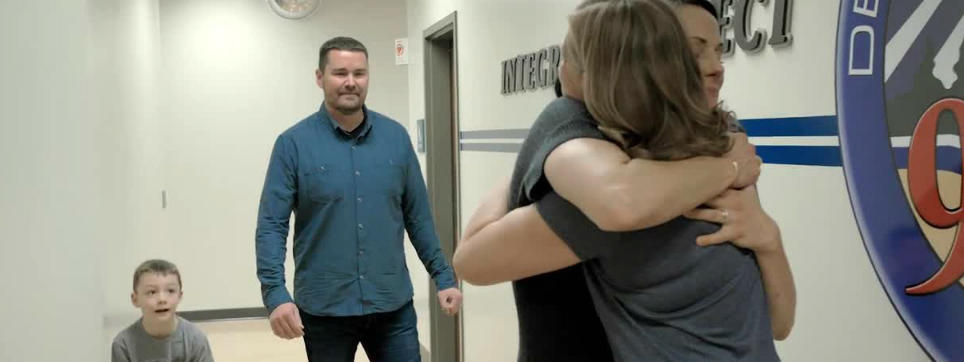EMS Improving Response to Cardiac Arrests
The work of Emergency Medical Services extends beyond responding to incidents, providing help, and getting people to hospitals. EMS is a critical component of the nation’s healthcare system, and involves many different people and groups. They all share a common goal—to save lives.
This week, we honor the men and women of our nation’s Emergency Medical Services—it’s EMS Week. While there are many lifesaving stories to tell thanks to these emergency responders, we share with you one story that shows how EMS works at many different levels.

“He was stumbling out of this walk-in shower that we had … his face was just blue ... he passed out in my arms,” said the mother of a young boy who couldn’t breathe.
She and her husband immediately called 911. The dispatcher who answered the phone was trained in CPR and knew that cardiopulmonary resuscitation needed to be performed right away—but paramedics were 10 minutes away. Dispatcher Joelle Klatt coached the boy’s mother through the process.
“The most paramount thing for me was having Joelle there on the other end of the line, counting with me. I remember at one point, she said you’re not doing it fast enough. That was so helpful,” Lindsay Nelson recalled.
First responders arrived and got the child to the hospital. He survived and is doing well today.
“To see that kiddo go from blue lips and unconscious to running around the fire stations and wanting to hop on the fire trucks, that’s so reinforcing to what we do in our jobs every day,” said one of the emergency responders.
This is just one of many examples of the different layers of EMS. Since its inception, the purpose of EMS has been to render emergency medical care to sick or injured people in emergency situations. But during the past 50 years, the role of EMS has continuously evolved with new technology and techniques.
Here at NTHSA, our Office of EMS coordinates the national EMS system and co-coordinates the national 911 system through research and projects. One of them is CPR LifeLinks, a national initiative to help 911 and EMS save more lives from out-of-hospital cardiac arrest through telecommunicators and high-performance CPR improvement programs. We know that when injuries occur, whether it be from a motor vehicle crash or some other incident, EMS provides the best "last chance" to reduce death and disability. An efficient EMS system is key to ensuring prompt care for any type of medical emergency.
Join us in thanking all the EMS workers for the work they do every day. #EMSweek
 Departamento de Transporte - US
Departamento de Transporte - US